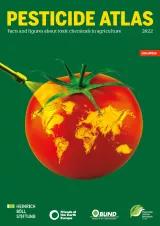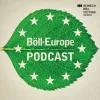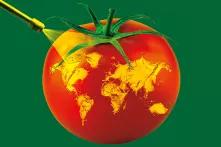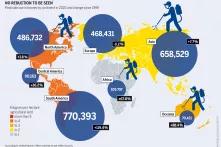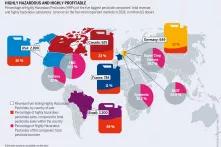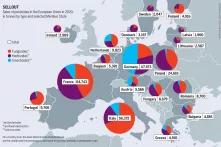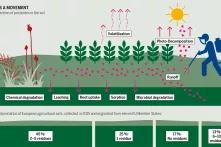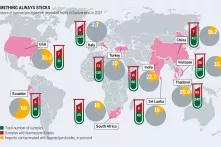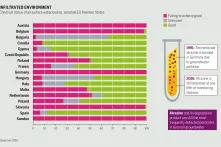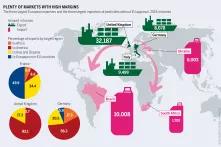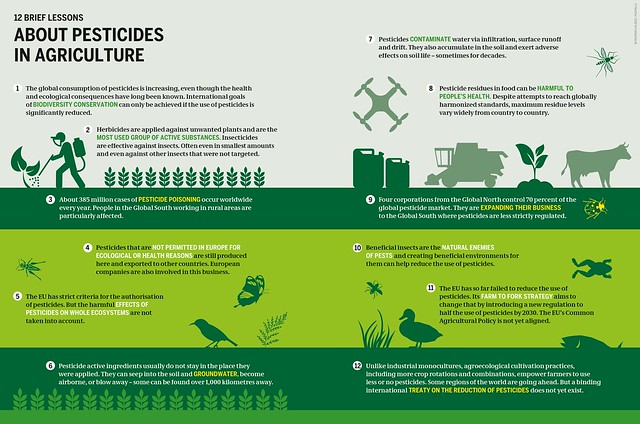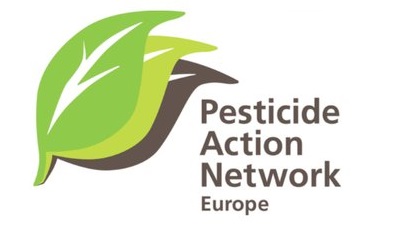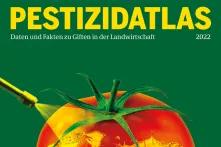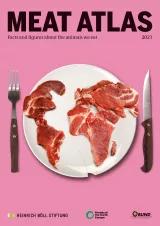Atlas
In beer and in honey, on fruit and on vegetables, in grass on playgrounds and even in urine and in the air – traces of pesticides from agriculture can be detected everywhere. That pesticides negatively impact human health, biodiversity, water, and soil is not a new insight by any means The new and first Pesticide Atlas reveals new facts and data on global pesticide use and trade, its impact on people, their health and biodiversity, and alternative solutions.
© Heinrich-Böll-Stiftung e.V.
Schumannstraße 8
10117 Berlin
T +49 (30) 285 34-0
F +49 (30) 285 34-109
www.boell.de
info@boell.de
